Over the past decade, some of the most widely-praised games have had one thing in common – a vast assortment of gorgeous and detailed 3D models. Considering how sensitive our vision is to even the smallest details, it is only natural for detailed game models and content to receive more attention and appreciation. They are often referred to as high-poly game models, and serve as the gold standard for 3D visuals.
If you want to know more about high-poly modeling and how it fits in overall game art design, you’ve come to the right place. We’re going to give you all the details and tips you need to achieve high-poly game design.
What is a High-Poly Model?
A high-poly model is a 3D asset with a high polygon count. Polygons are 2D shapes similar to pieces of a puzzle: they are combined together into a polygonal mesh to create a complete 3D figure.
You can picture it like this: 4 triangles and a square can be conjoined to create a basic pyramid shape. However, if you want the pyramid to have visible bricks, each outward side (triangle) will need to be split into hundreds of rectangles. If you want the bricks to be realistic, you can add small holes and cracks with new polygons and changes to existing ones.
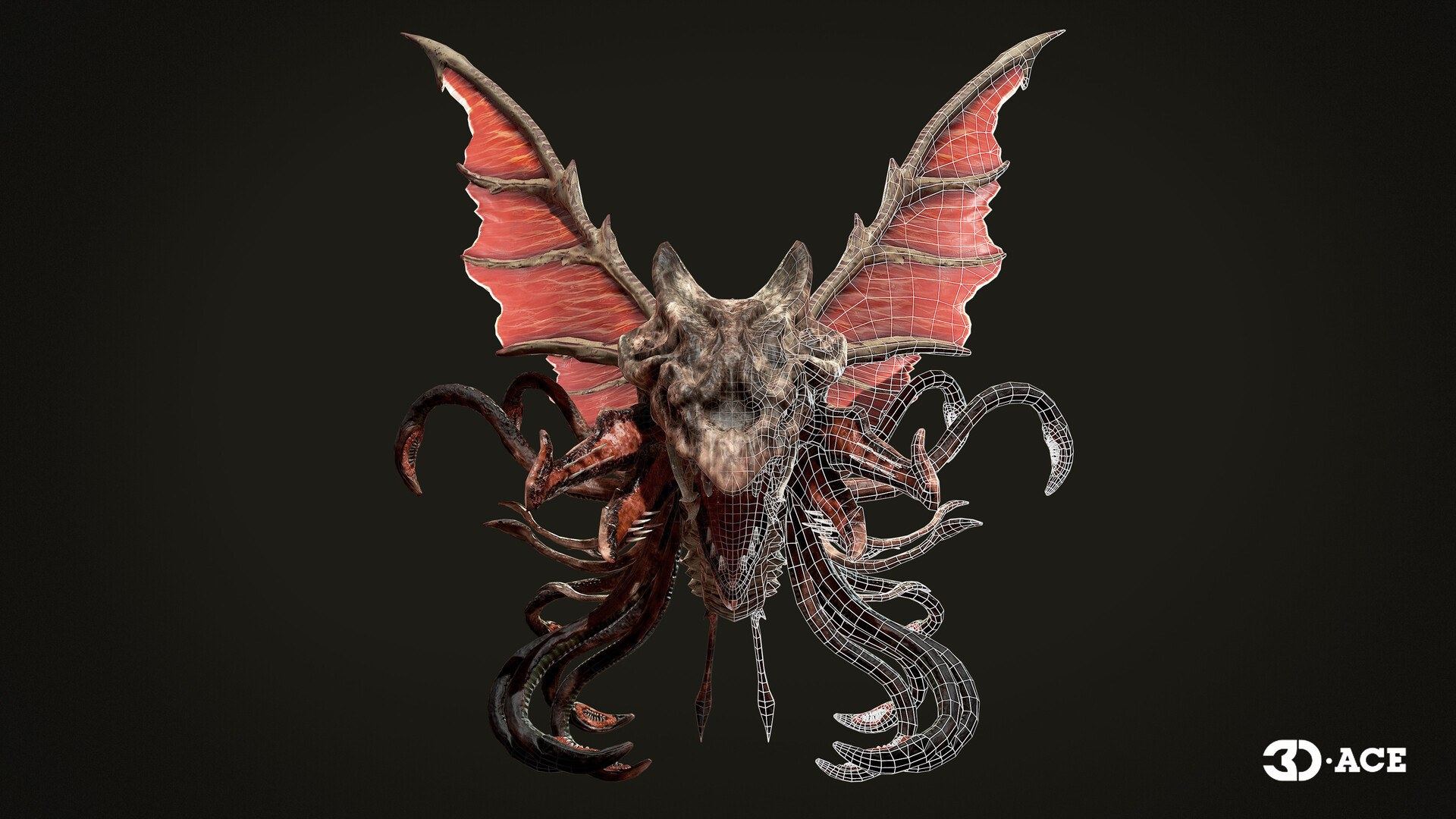
In other words, adding more polygons allows you to apply more details and features to your 3D model, and a high-poly model should have an impressive level of visual fidelity.
3D Model Comparison: High-Poly vs Low-Poly
A high poly count is only one side of a coin, while the other is low-poly. There is no strict definition of a low count and one that is high, other than the mesh having an objectively high number of details. In other words, a simple 3D object (like a crate) may not need many polygons to demonstrate detail, and even 1000 polygons in this case could be considered high-poly.
Some artists use 1-10K polygons as a catch-all range for low-poly models, but it is best to look at each object individually before determining what constitutes a high or low count for it.
When are high/low-poly models needed?
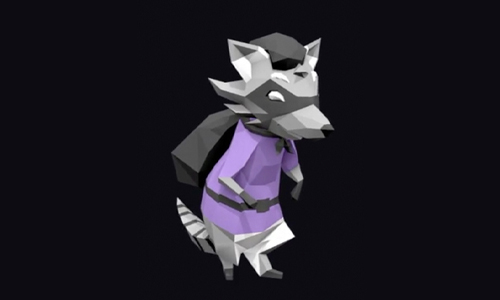
Low-poly 3D model
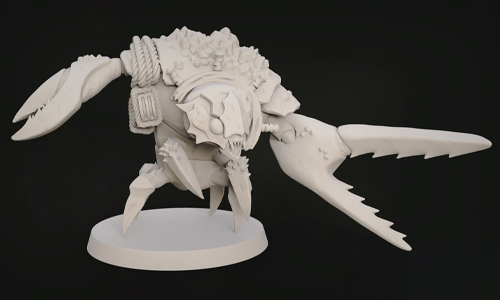
High-poly 3D model
A high-poly approach is recommended for game assets that will be at the forefront of a player’s attention (e.g. main characters and their weapons, items). Sometimes, it’s only used for renders/stills and animation to keep game performance optimal while providing some amazing visual goodies between play sessions.
The low poly approach is chosen in other situations. Sometimes, the limiting factor is time, and the artist simply does not have enough time to add fine details to everything. However, the more common factor is a lack of importance, when the 3D assets are far away, in the background, barely visible, etc., so players won’t even notice that they have few details. Another common factor is optimizing performance, because game environments with fewer polygons render faster and provide smoother gameplay.
Learn more about low-poly game models and when to use them in our guide
To better understand the role of each approach, let’s examine 2 models created by our studio. Immediately, we notice how low on detail the raccoon model is. The black nose tip has a mere 3 polygons, and the whole head is probably below 100. On the other hand, the crab warrior has impeccable detail, with each tiny ridge on his claw having a fine-tuned form.
But this is fine, and both models are great because they accomplish what they set out to do. The raccoon is a secondary character in a game that is meant to run on low-performance devices, so it would not make sense to slow down the game just to make a character that only appears several times look good. The crab warrior, on the other hand, is meant to be intimidating and a boss character, so it makes sense that the artists took the time to make him visually impressive.
Types of High-Poly Models You Can Create for Games
Though some game assets are more common in high-poly than others, we still see a wide range of uses for this approach:
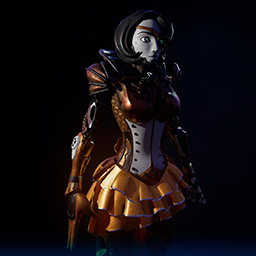
Key game characters that players spend a lot of time with are often modeled with maximum detail, and this applies to all aspects of their outward appearance.
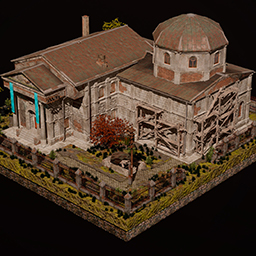
Though many buildings are blocky and use simple geometric figures, increasing the poly count and making them look more unique and feature-rich helps boost immersion and realism.
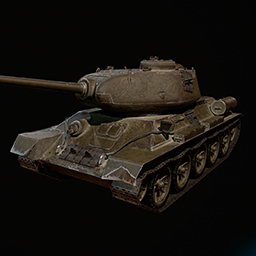
Many of us have an affinity for gorgeous cars and other vehicles, so getting to drive something sleek and stylish adds a lot of positive vibes to any game experience.
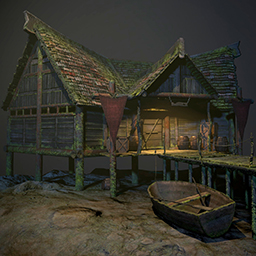
Creating a feature-rich and detailed world is one of the best strategies you can use in making your game world enticing for players to explore and spend time in.
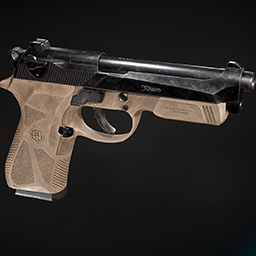
Memorable design of weapons and other tools is important for distinguishing the items from generic examples and the designs featured in other games.
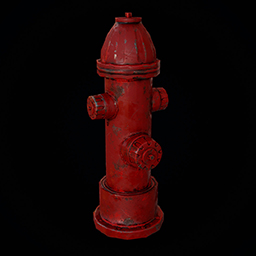
Props often get less design time and attention than other assets. However, if you devote time to making them high-poly, you can astound players and leave them feeling like you thought of everything.
How to Make High-Poly Models that Leave an Impression
Having worked on 3D design for decades, we can confidently say that the only secret ingredients to making high-poly models that look amazing is time and care. If you devote enough time, you should be able to add as many details as you need in your models. As for how well these details look in the end, it will just be determined by the experience and creative vision of the art team.
Need expert-made high-poly models?
The first step to create high-poly models is to settle on an approach, and this choice is usually based on what you already know about the model:
1) Convert existing models to high-poly
If you already have a model and only need to make it more detailed, the easiest way to do it is with a method called subdivision surface modification. It might sound a little complicated, but the concept is really simple: a selection of polygons are split into multiples (usually 4x), increasing the number of vertices.
These extra polygons allow for the creation of new edges, bulges, and curves, contributing to more details and features. It might be a little difficult to use the standard features of a program like 3Ds Max to convert low poly to high poly, so you might need a more suitable application like Blender or ZBrush.
Pro tip:
One way to add detail to 3D models without substantially increasing the poly count and impacting performance is to use texture baking. This technique converts most of the details in a high-poly model into a 2D texture map and skins it over a low-poly model, creating a visual impression of high 3D detail.
2) Custom polygonal modeling
If you are creating a new model based on concept art, approximate references, or just based on your imagination, you will probably need to launch a modeling application and start from scratch. For example, Blender, Maya, and 3DS Max are all very popular programs for this task and support a wide range of additional functionality (like rigging, texture mapping, etc.). For example, you might start with a cube or another basic shape and deform its edges/dimensions until it starts taking the form you need.
3) Utilizing scans and photogrammetry
It is much easier to create a 3D model when you already have a detailed reference available. For example, you might use a scanner to collect data from an object and turn it into a digital and volumetric asset in specialized software.
You can also do the same with video or a series of photos: collecting visuals of the object from different angles and then recreating its features through software. Though high poly game asset creation is usually focused on new and imagined objects, it is not uncommon for real-life landmarks and environments to be recreated in this way.
Further integration of high-poly models
After you create a high-poly model, you don’t just upload it into the game files and leave it be. You still have multiple integration steps remaining, which will vary based on what you need the model for. For a render, you can just create a scene with this model and capture the still.
However, other forms of media will require more. For example, you will need to create a texture map, materials, and lighting to give the model color and make it look harmonious in a scene. If the model is intended to move and perform actions, you will also need to define its skeleton and complete a rigging process. Further behavior and interactions can be loading in your chosen game engine.
Where Can You Get Custom-Made Models for a Game?
It’s quite common for high-poly models to take weeks to make, but it is exponentially longer for beginners in this field. Thus, choosing a partner to design game assets can be a great way to cut the development time and avoid amateur missteps.
Game-Ace is a studio that not only makes games, but also numerous assets for them, including high/low-poly models, animation, concept art, and VFX. We can provide you with the assets you need and even handle other aspects of game design if you need the help. Our portfolio includes plenty of gorgeous art, and it would be an honor for us to continue our creative journey with you.
To discuss your project and have your questions answered, just contact us.
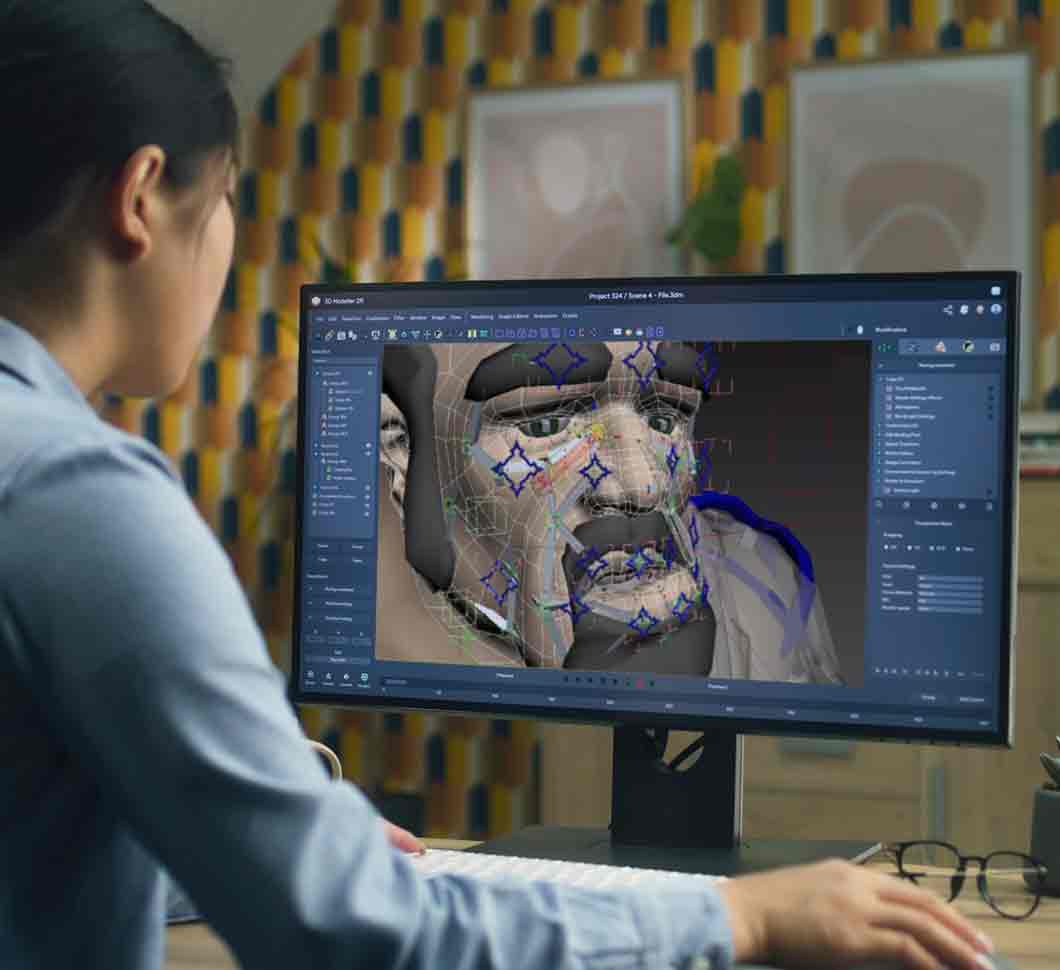 Character Skinning: The Key to Lifelike 3D Animation for Games
Character Skinning: The Key to Lifelike 3D Animation for Games 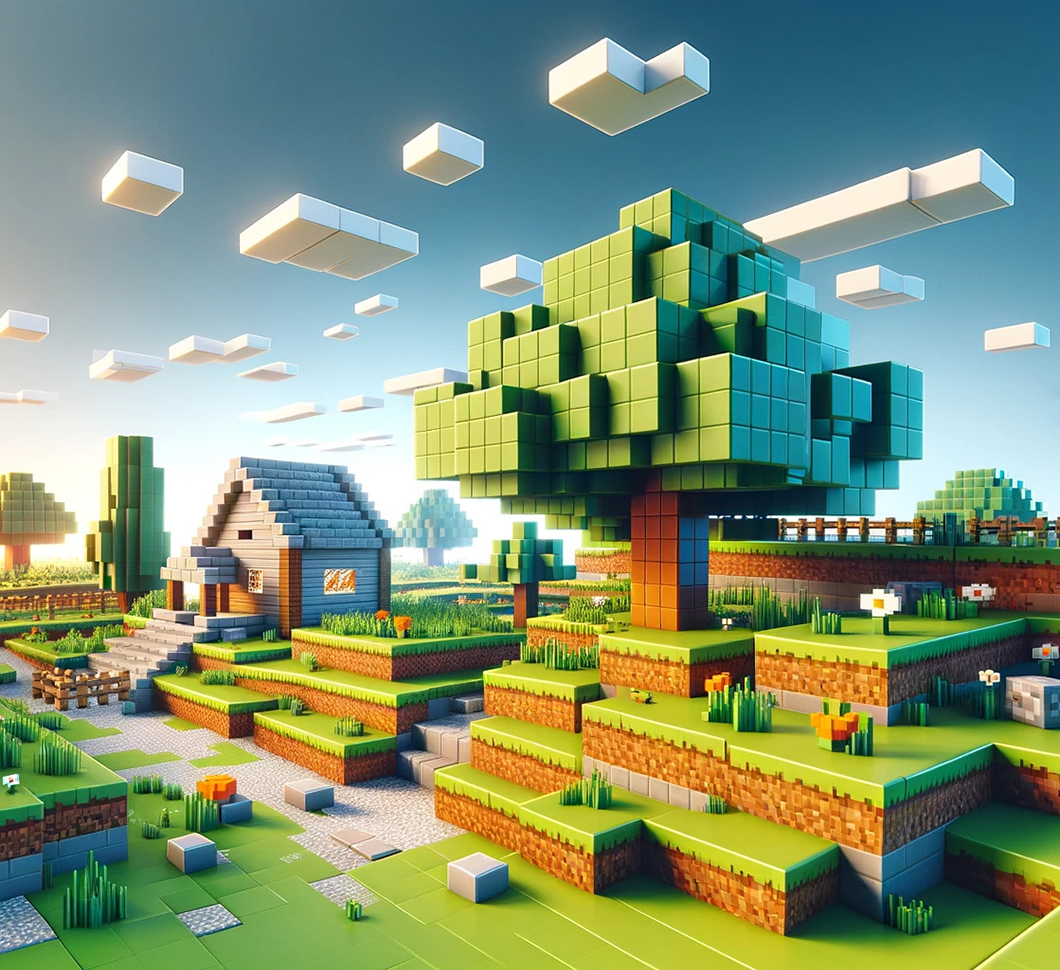 The Best Ways to Use Procedural Generation in Games
The Best Ways to Use Procedural Generation in Games 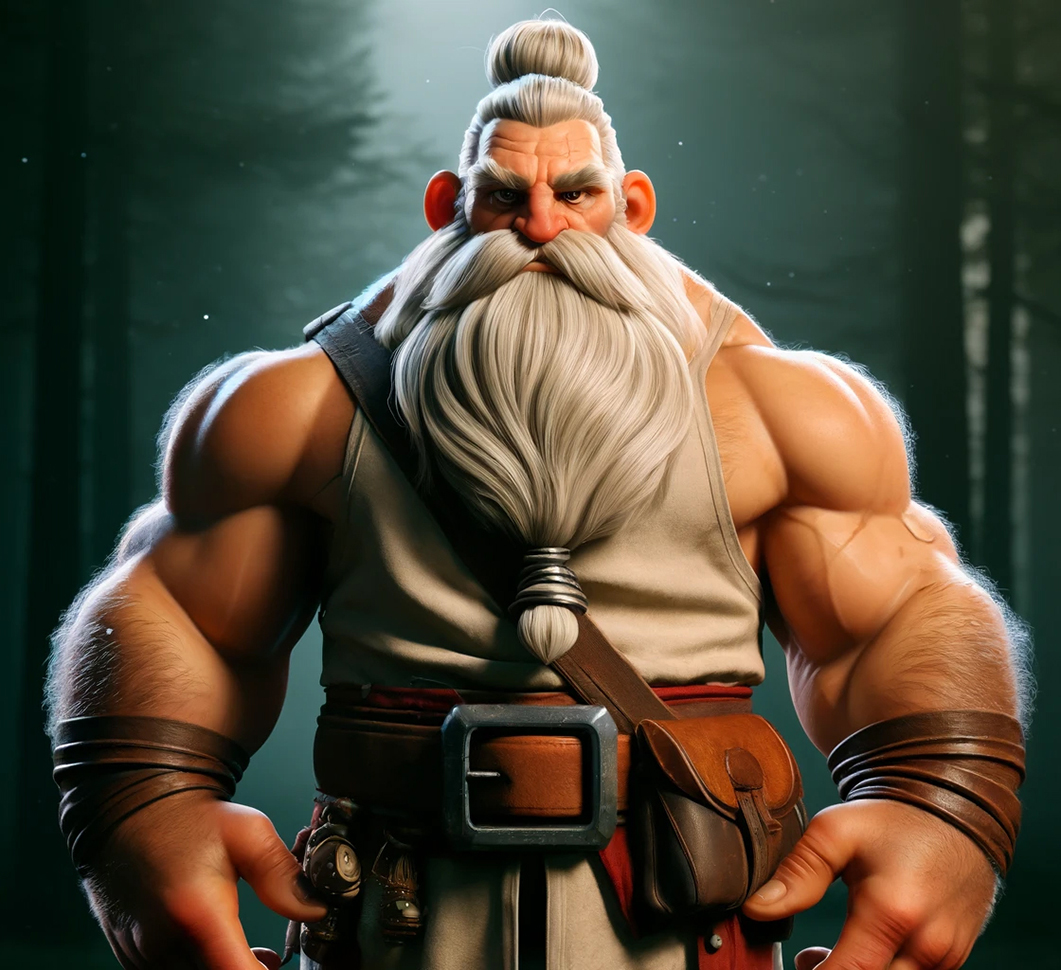 3D Modeling as the Cornerstone of Your Video Game
3D Modeling as the Cornerstone of Your Video Game 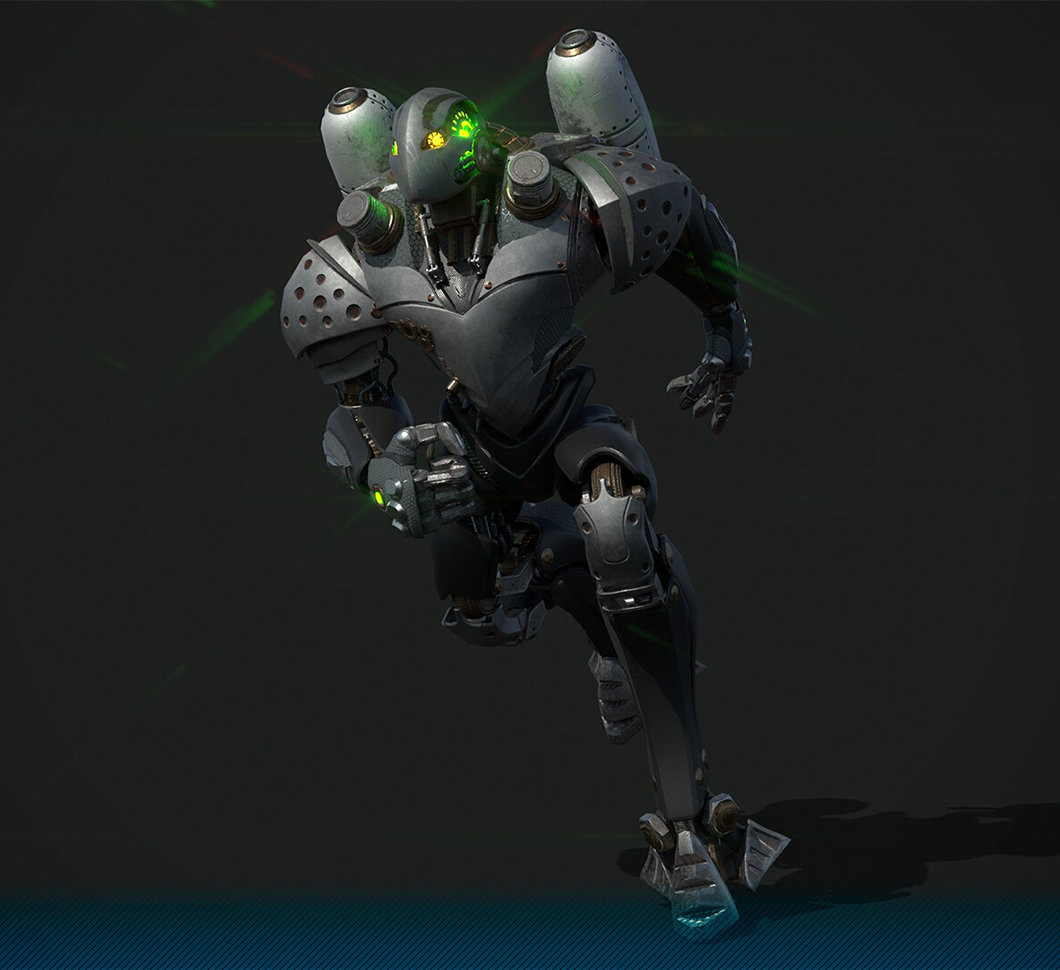 3D Character Modeling: Mastering the Art of Digital Design for Lifelike Creations
3D Character Modeling: Mastering the Art of Digital Design for Lifelike Creations 


































